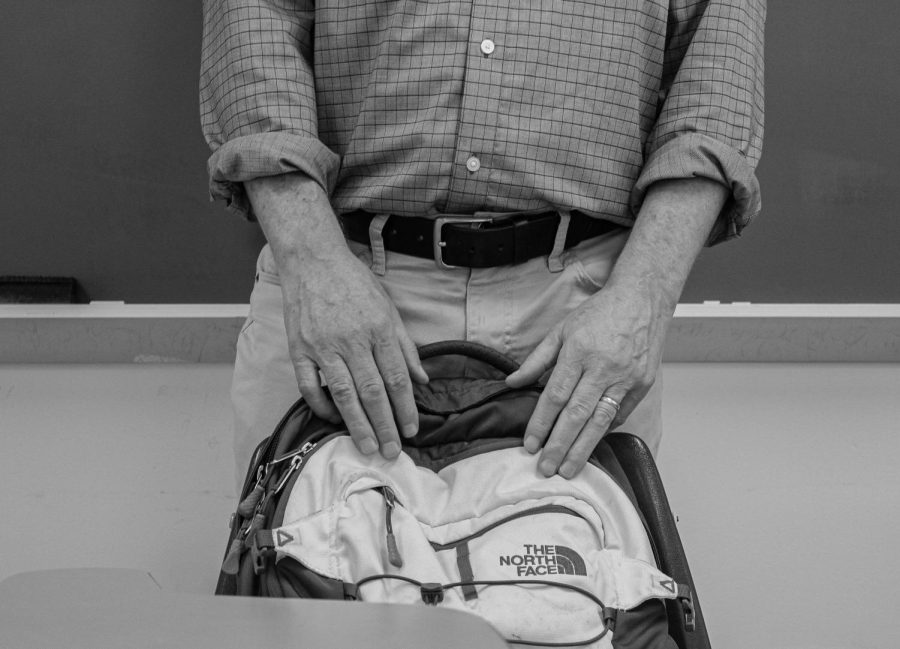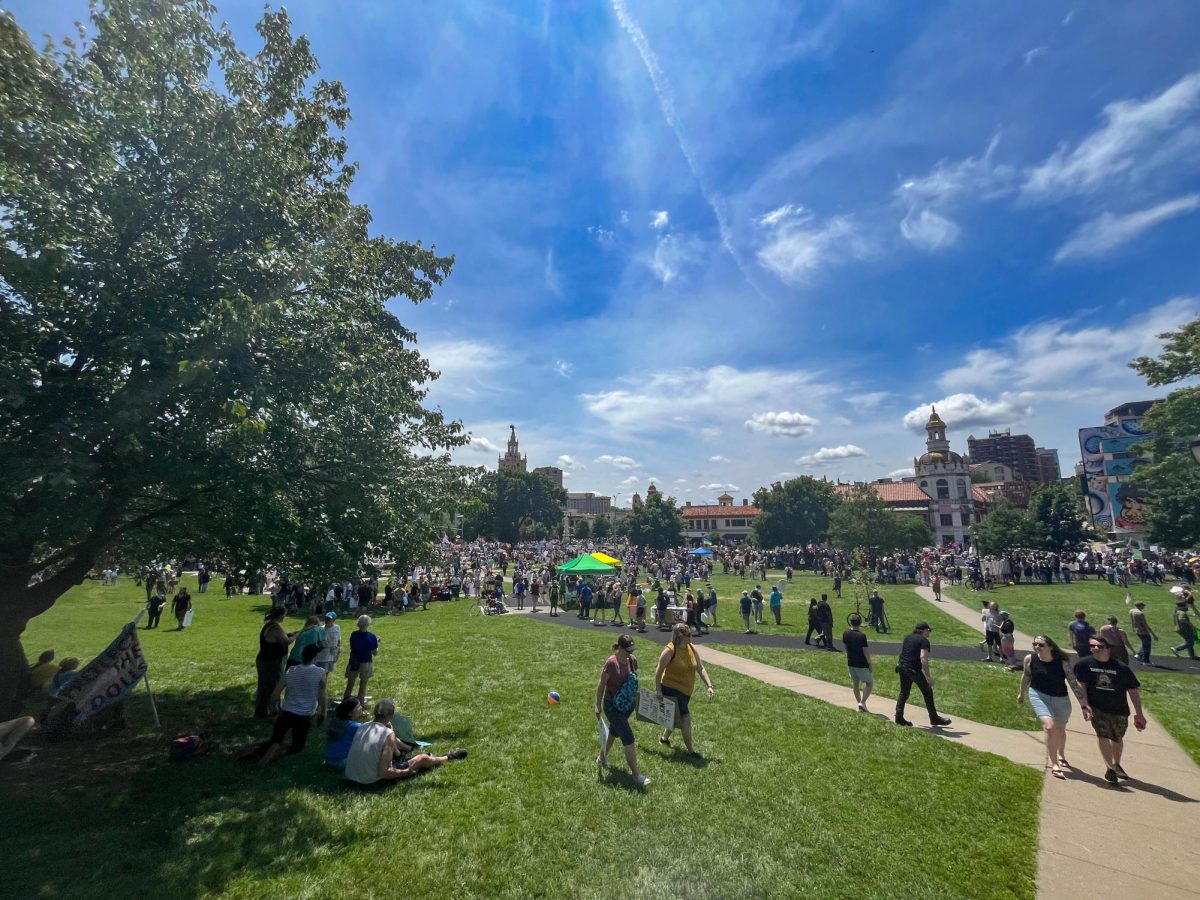A Grooming Epidemic: Two Documentaries Expose Pedophilia in American Institutions
November 9, 2022
Two documentaries, two institutions specialized for children, one pervasive threat: “grooming.”
“Grooming” refers to “manipulative behaviors that the abuser uses to gain access to a potential victim, coerce them to agree to the abuse, and reduce the risk of being caught,” as defined by RAINN.org. “While these tactics are used most often against younger kids, teens and vulnerable adults are also at risk.”
Cheryl Nichols presents her high school experience in the docuseries “Keep This Between Us.” She reflects on her relationship with a teacher and discovers that this type of abuse is happening in schools everywhere.
A staggering number of cases involve male teachers paying special attention to young students who show signs of insecurities and vulnerabilities. They inspire by “being tough” on students under the guise of nurturing their creative talents. Once they toe the line enough to desensitize the victims, they cross it.
The reexamination of Nichol’s childhood shines a bright light on the web of deceit and manipulation. Some of the survivors’ stories sounded uncomfortably familiar.
I remember hearing whispers in the hallways as early as seventh grade. “That teacher is creepy, and always finds a way to touch the girls.” There were multiple faculty members that carried a similar stigma throughout my middle and high school years.
One of our middle school teachers was let go for inappropriate conduct with a student, forcing his mentor out of retirement within a year. Since graduating high school, one teacher has married a classmate, while another sits incarcerated for “enticing a child under 15.”
Nichols and I are of similar age, and I hoped the issue had improved since our time in the public school system. Upon a simple Google search, my hopes were quickly dashed.
Heartlandernews.com reported that three Kansas City teachers were arrested in the second half of September 2022 alone. A middle school teacher from the De Soto school district in Johnson County was arrested and charged with six counts of felony sexual abuse just this week .
However, school isn’t the only youth-oriented institution exposing kids to danger. “Leave No Trace” follows a group of men suing the Boy Scouts of America on behalf of sexual abuse survivors. Not long after viewing this documentary, news came that they won their claim, settling for 2.4 billion dollars.
During the discovery phase of their suit, it was revealed that the BSA had an ongoing “Red File” since 1922. This file is a list of known leaders who have committed atrocities against young scouts. In 1935, The New York Times exposed that the list had grown to 2,919 names since organizing in 1910.
Initially, these men attempted to report their assaults, and not unlike in Nichols’s case, the complaints were blown-off. Additionally, one survivor spoke about how his abuser passed him off to another trusted leader for further violation.
“Leave No Trace” resonated with me about questionable practices happening within local branches of the scouting organization. There are glamorized “rights of passage” that rely on and compel secrecy. To list them here would certainly anger traditionalists for revealing secrets of the inner circles.
Regardless of intent, the current design of tests and trials breeds an expectation of silence and obedience. These are adults grooming children to comply with all that tradition demands, no matter the level of discomfort. In fact, they are rewarded with titles and beads for submitting.
It isn’t a fight club, these are developing children.
The “grooming process” often includes conditioning the surrounding adults to second-guess their intuition. Because of the access they provide and the character expectations attached to their roles, perpetrators favor these institutions.
Professor Misty Campbell of UMKC’s Criminal Justice and Criminology Department explains how this issue persists in spite of the safeguards that are meant to protect from these predatory behaviors. She also provides resources for survivors who may be looking for additional support.
“When people are engaging in these institutions and agencies where we attribute morality to their position, it becomes easier to feel safer in those spaces,” Professor Campbell said. “We tell our kids they’re safer in those spaces, and when we see those red flags, it’s easier for us to convince ourselves: ‘I’m misunderstanding that because clearly, a perpetrator wouldn’t run youth group.’”
“Diffusion of responsibility” is a frequently coinciding aspect Campbell underlines in the prevention of addressing these crimes.
“What we’re not paying attention to is the fact that we’re all waiting for somebody to do something,” Campbell said. “If a person of authority came out and said, ‘That makes me feel uncomfortable. I don’t like that that’s happening.’ You might have other adults who come out and say, ‘I saw something that made me feel a little uncomfortable too.’”
As adults within our communities, it is our responsibility to place child safety and welfare as top priorities if we are to hope for a better and brighter future. It’s equally important that we heal from our own traumas to prevent passing down our pain.
Campbell shares “Darkness to Light” (d2l.org) as a resource for assisting in recognizing and protecting boundaries. Their page reads, “Darkness to Light empowers adults to prevent, recognize, and react responsibly to child sexual abuse through awareness, education, and stigma reduction.”
Another vital resource she provides is the Metropolitan Organization to Counter Sexual Assault. On mocsa.org, survivors can find access to crisis and advocacy hotlines, as well as counseling support.
If you find that you are carrying the pain of similar experiences, please know you deserve peace and healing. Survivors can speak with someone from the National Sexual Assault Hotline, 24/7, at 1-800-656-4673. There is no shame in reclaiming your agency, only power.
Additional resources:
Book: “The Body Keeps the Score”
https://www.besselvanderkolk.com/resources/the-body-keeps-the-score
https://helpingsurvivors.org/grooming-warning-signs/
Addiction/Codependency support:








Susan Pagac • Dec 12, 2022 at 7:43 pm
It’s somewhat interesting to note that, despite the author’s obvious empathy with victims of sexual assault within large institutions such as schools and Boys Clubs of America, and a knowledge of a substantial array of groups formed to help victims and survivors of child sexual abuse deal with the trauma that inevitably results, in addition to knowledge of various resources to help kids recognize if they’re being groomed or abused at present, and even resources that help to prevent potential assault (which should be the main focus in my mind) – with the empathy and knowledge the author has of the devastating impact of child sexual abuse, it’s difficult to square his hesitancy to share —indeed, his choice not to disclose— the traditional “trials” and practices which he explains are part of Boy Scout culture, that teach secrecy, silent endurance and submission, which, as he points out, are part of the grooming process that perpetrators employ to gain access to young victims and to keep themselves safe from exposure. He says, in his excuse for his reticence in this matter, that “traditionalists” would be up at arms with him. I’m left perplexed by his decision to placate those who would argue against the need to place the emotional and physical safety of children above the desire to keep these secret Boy Scout traditions secret. It seems clear from his own argument that the only reason to preserve the secrecy is to preserve secrecy. Which the author has established as a condition vital to the perpetrators’ success. Why doesn’t ensuring children’s safety outweigh the disapproval of those who wish to safeguard –as the author presents it –ephemeral and arguably toxic tradition?